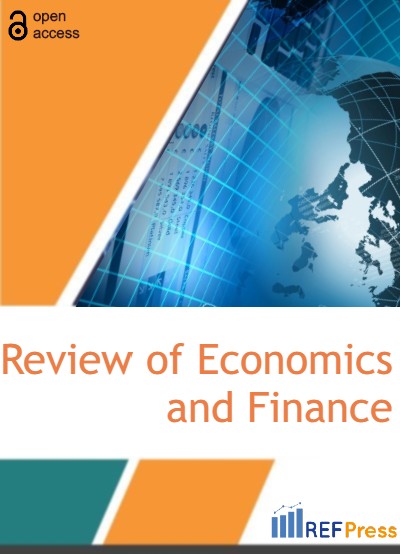
The Effect of Real Exchange Rate on Economic Growth: Evidence from Tunisia and Morocco
(Pages 971-977)Hniya Sakli1, Tahar Lassoued2,* and Fedya Talmoudi3
1Department of Economics, University of Sfax, Tunisia.
2High Institute of Management at Gabes, U.R EEE University of Gabes, Tunisia.
3High Institute of Management at Gabes.
DOI: https://doi.org/10.55365/1923.x2022.20.109
Abstract:
This article aims to determine the impact of Real Effective Exchange Rate (REER) on economic growth for Tunisia and Morocco during the period 1988-2019. The methodology adopted was based on the Auto Regressive Distributed Lag (ARDL) model. Our results indicated that an increase in the REER, equivalent to a real appreciation, reduces economic growth in the long term. This is explained by the fact that a real appreciation makes domestic products less competitive than foreign products, which deteriorates the trade balance and thus constitutes a brake on economic growth. While in the short run, the link between real exchange rate and economic growth is statistically insignificant.
Keywords:
Real Effective Exchange Rate, Economic Growth, Panel ARDL, Tunisia, Morocco.
How to Cite:
Hniya Sakli, Tahar Lassoued and Fedya Talmoudi. The Effect of Real Exchange Rate on Economic Growth: Evidence from Tunisia and Morocco. [ref]: vol.20.2022. available at: https://refpress.org/ref-vol20-a109/
Licensee REF Press This is an open access article licensed under the terms of the Creative Commons Attribution Non-Commercial License (http://creativecommons.org/licenses/by-nc/3.0/) which permits unrestricted, non-commercial use, distribution and reproduction in any medium, provided the work is properly cited.
